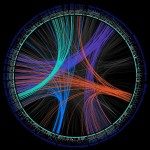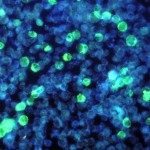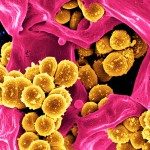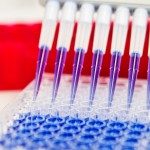Link to Pubmed [PMID] – 25572534
Link to DOI – 10.1016/j.clim.2014.12.008S1521-6616(14)00286-1
Clin Immunol 2015 Apr; 157(2): 261-76
Immunophenotyping by multi-parametric flow cytometry is the cornerstone technology for enumeration and characterization of immune cell populations in health and disease. Standardized procedures are essential to allow for inter-individual comparisons in the context of population based or clinical studies. Herein we report the approach taken by the Milieu Intérieur Consortium, highlighting the standardized and automated procedures used for immunophenotyping of human whole blood samples. We optimized eight-color antibody panels and procedures for staining and lysis of whole blood samples, and implemented pre-analytic steps with a semi-automated workflow using a robotic system. We report on four panels that were designed to enumerate and phenotype major immune cell populations (PMN, T, B, NK cells, monocytes and DC). This work establishes a foundation for defining reference values in healthy donors. Our approach provides robust protocols for affordable, semi-automated eight-color cytometric immunophenotyping that can be used in population-based studies and clinical trial settings.










